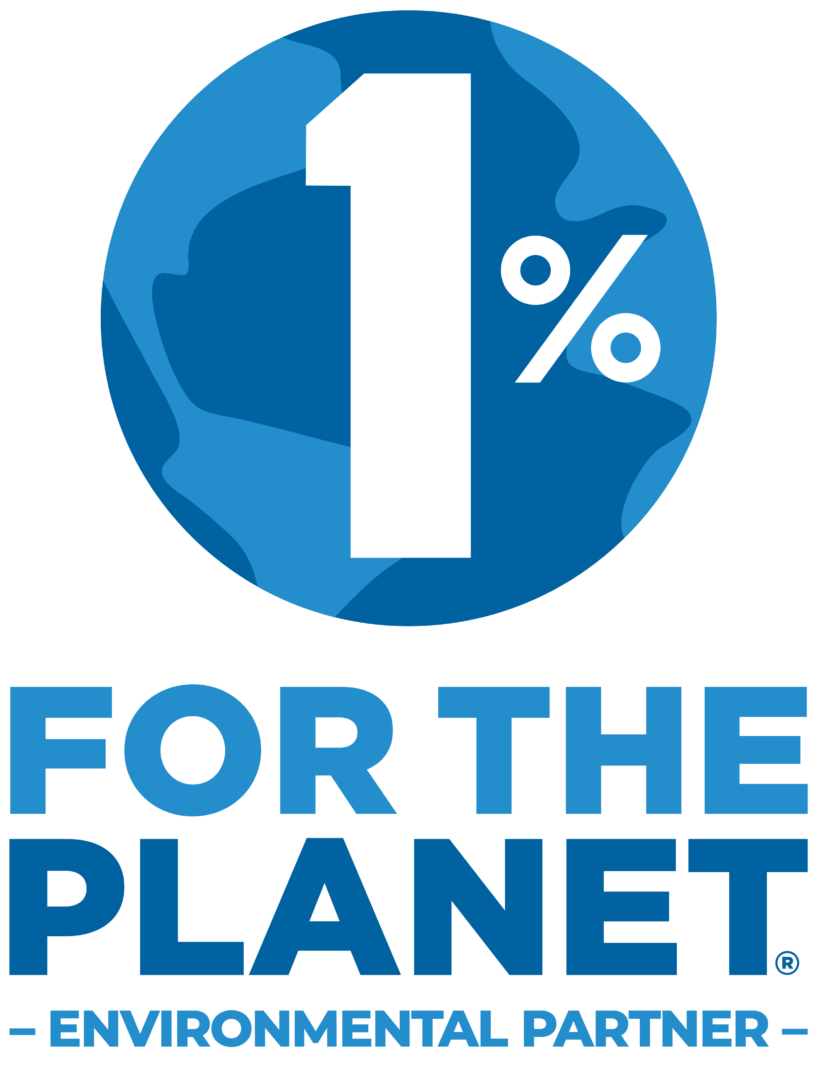Eight Ways to Invest in People and Planet for the Next Generation
In Environmental Degradation Part One we explored the causes and effects of environmental damage and the interconnected problem of global poverty. In this article we focus more on the interventions and environmental solutions that are helping to lift families and communities in the face of our current environmental crisis, securing a brighter future for the next generation.
Our world is full of diverse communities, but amidst the differences, a common goal is shared by every community. People want to create a better world for the next generation. From Haiti to Thailand to Tanzania, parents want their children to have access to more abundant opportunities than they had.
As an organization working in rural villages, we have seen many families accomplish this very goal, going from eating one meal a day to three, from barely getting by to having multiple streams of income. We’ve visited families where parents who were once recruited for civil conflict during their younger years are now raising kids who have the opportunity to go to school and avoid a similar fate.
These examples are inspiring, but they’re also informative. By applying environmental solutions (tree planting, soil restoration, regenerative agriculture) to humanitarian problems (poverty, food insecurity, vulnerability to climate change), not only do we restore ecosystems through environmental solutions, but also these people become the heroes of their own future. By making strategic investments in key areas of life, we have the opportunity to support a process of transformation that can drastically improve lives in just one generation.
Here are the most crucial areas for investment.

Education
In rural communities, accessible and quality education unlocks a slew of opportunities for the next generation, and girls and women especially benefit. Education equips people with the critical thinking skills and knowledge to broaden their horizons, while creating alternatives to potentially harmful situations like early marriage, trafficking, and more.
Education boosts economic opportunities. With knowledge and skills, individuals can access better jobs, start businesses, and contribute to their community's economic growth. This financial independence empowers women, allowing them to make informed choices about their lives and families. For girls, education is a shield against child marriage and early pregnancy, protecting their health and safety. Educating mothers reduces child mortality and improves overall well-being, particularly for girls who are often more vulnerable to health risks.
Education is also tied to better health outcomes. Individuals become informed about hygiene, nutrition, and healthcare, leading to healthier families and communities. By nurturing the potential of young people through education, we harness their talents. This investment yields returns in economic development, health, and social progress, creating a ripple effect that empowers generations to come.
Plant With Purpose supports education by removing the barriers that exist between rural families and school. One of the most common uses of loans accessed through Purpose Groups is to pay school fees. We have especially seen an increase in girls attending school as a result of Purpose Group participation.
Education also includes increasing awareness and commitment to the importance of environmental solutions and tree planting. People who once cut down trees become champions for their protection.

Soil
Soil is a foundational building block of our planet; one that is easy to take for granted. While soil may seem ordinary and unglamorous, its health matters more than one may realize. Improving soil quality isn't just a niche agricultural concern, it has far-reaching consequences.
Healthy soil is the cornerstone of food security. It provides nutrients, water, and support for nearly all of our food. Degraded soil leads to lower yields, malnutrition, and increased vulnerability to food shortages. Degraded soil can quickly escalate the impact of a natural disaster into a long lasting famine.
Soil additionally acts as a powerful climate change mitigator. Healthy soil acts like a sponge, absorbing and storing carbon dioxide from the atmosphere. Conversely, degraded soil releases carbon. By improving soil health, we can naturally contribute to a cooler planet. Regenerative agriculture is one of the most effective environmental solutions to revitalize soil.
Plant With Purpose directly works toward the improvement of soil through our Seeds of Change environmental curriculum. By training rural farmers in soil conservation agriculture, we see crop yields increase and futures improve. Through sustainable practices like cover cropping, reduced tillage, and compost application, we can heal this vital resource. In doing so, we secure food security, combat climate change, and protect the vibrant tapestry of life within the soil.

Access to Water
For millions around the world, access to clean water has remained out of reach. Plant With Purpose helps communities develop solutions. Sometimes this takes the form of family cisterns or a community pond. Other times it looks like planting trees to protect a water source and conserve groundwater. In any scenario, it is community-led. This access to clean water brings a cascade of positive changes, rippling through individuals, families, and entire communities.
Water borne diseases are a major cause of illness and death in rural communities. When children spend less time sick, they can attend school and learn. Adults are healthier and more productive, strengthening the community's structure. Mothers, often responsible for water collection, are freed from this time-consuming and arduous task, allowing them to pursue additional opportunities.
When water is accessible, women and girls no longer risk violence or exploitation while collecting water at long distances from unsafe sources. The time saved translates into more time for income generation, household chores, family gardens, or education. This creates opportunity for women and girls, fosters gender inclusion, and breaks the cycle of poverty.
With readily available clean water, agriculture thrives, producing more food and generating income. Small businesses like food stalls become possible, giving families more sources of income. This also enables families to adopt even more environmental solutions.
Access to clean water changes everything. Its impact is undeniable. Investing in clean water is not a narrow act; it's an investment in a brighter, safer future.

Healthy forests
Healthy forests are critical for our children’s future. The world’s rainforests are the lungs of our planet, vital for the well-being of the next generation. Protecting and restoring these green giants, and all forests, holds the key to a healthier, more sustainable future for all.
Trees absorb harmful carbon dioxide, a major greenhouse gas, and release life-giving oxygen. By mitigating climate change, we ensure children inherit a habitable planet with stable weather patterns and reduced risks of extreme weather events. Restoring forests are among the most immediate environmental solutions available.
Rich forests teem with diverse life, providing clean water, pollination services, and essential resources for countless species. You’ll notice this ties together multiple items on this list. The complex structures of life in a forest ecosystem reflect the intricate web of life that sustains us all.
Healthy forests underpin resilient communities. They regulate water flow, prevent floods and droughts, and protect against soil erosion. They also provide sustainable resources like timber and non-timber products (fruit, nuts, bee habitat), supporting local economies and livelihoods. Ensuring healthy forests paves the way for thriving communities and a secure future for our children.
It’s not just about planting trees for the sake of quantity; it's about ensuring an abundant future. By supporting sustainable forestry practices, promoting reforestation efforts, and encouraging local communities to be caretakers of their forest spaces, we cultivate a greener planet for the next generation to inherit.
Land rights
Another important area to invest in is land rights: the agency of local communities to manage their own land. While this is something that is easy to take for granted in many places, the lack of self-determination over one’s land can greatly hinder a community’s ability to build healthy soil, protect water sources, expand forests, and enact other environmental solutions.
This area is especially important in Indigenous spaces, where land rights are threatened or have been taken away, or among ethnic minorities.
Safeguarding Indigenous land rights preserves cultural heritage. These lands connect Indigenous peoples to their ancestors, traditions, and languages. For younger generations, it's a link to their identity, fostering cultural pride and resilience amidst ongoing pressures. It ensures the continuation of unique knowledge systems and traditional practices, offering valuable lessons for sustainable living.
Studies show that Indigenous-managed lands often boast higher biodiversity than protected areas. Their knowledge-based practices nurture ecosystems, ensuring clean air, water, and food security for present and future generations. By protecting their land rights, we protect the ecological balance that sustains us all.
Indigenous communities often utilize traditional practices that promote harmony with nature, like rotational farming and agroforestry. By learning from and collaborating with them, younger generations can develop innovative solutions for a sustainable future. It's a shift from exploiting resources to coexisting with them, ensuring a healthy planet for future generations.
In the communities where Plant With Purpose works, we actively assess land ownership situations to determine the best approach for securing land rights. In some settings, the lack of citizenship is an obstacle. In others, it’s a lack of physical space. No matter the scenario, we realize that these rights are important for the systems we promote to truly take effect. We aim to build healthy and collaborative relationships where we can as we advocate for people to be able to manage their own land, and to be guardians of native forests long term.

Peace and stability
Another difficult but necessary investment to be made in children’s futures is an investment in peace and stability. If you build security in all other areas but the threat of conflict looms, all that becomes volatile.
In the absence of conflict, resources can be channeled toward education, healthcare, and infrastructure, empowering youth to reach their full potential. In settings such as Cambodia or Rwanda, the conclusion of long lasting conflicts shortly preceded periods of growth and vast improvement.
Conflict tears families apart, disrupts education, and hinders economic growth. It exposes children to trauma and violence, shaping their worldviews and potentially fueling future cycles of conflict. By resolving conflicts peacefully, we safeguard young lives and create a safe space for them to flourish.
Investing in peace and conflict resolution is not just about ending current conflicts; it's about creating a world where future generations can thrive. By fostering stability, protecting lives, promoting tolerance, and empowering young people, we build a legacy of peace that secures a brighter future for all.
Our current world is riddled with conflicts, and in many cases, children are the most unjustly affected. Finding a path to resolve these conflicts is not easy, however it remains essential. The work of bringing communities together to resolve differences often happens quietly, in one remote community at a time. It may seem a world away from the high profile wars that make headlines, but it is how lasting peace is built, and this remains a part of the Plant With Purpose process.

Family savings
For many rural families living under the constant challenge of poverty, the idea of saving money feels distant. There are too many pressing needs to solve to even entertain the idea. It is harder to have a habit of savings when the opportunity to do so is rare. However, access to savings can help many rural families weather the storm when emergencies strikes. This is one key reason why building savings is an essential activity of Purpose Groups.
Savings offer a safety net, shielding families from unexpected emergencies. Medical bills, crop failures, or sudden repairs can easily derail progress and plunge families deeper into debt. A financial buffer allows them to weather these storms without sacrificing necessities or educational opportunities for their children.
With a secure base, families can invest in their future. Savings enable them to start small businesses, purchase productive assets like livestock or tools, or access further education. This enables them to generate more income, diversify their livelihoods, and break free from poverty's grip.
Having savings fosters a sense of security and control, reducing anxiety and improving overall well-being. This creates a more stable environment for children to grow and thrive, fostering better emotional and social development. Building a culture of savings empowers communities. When families become financially secure, they contribute more to local economies. This strengthens community infrastructure, attracts new businesses, and creates a ripple effect of positive change. The next generation inherits a more vibrant and resilient community, paving the way for a brighter future.
—
While challenges like poverty and environmental degradation are vast, affecting many lives in almost every aspect, examples of people overcoming these challenges to build a better future for their children are also present across the globe. At Plant With Purpose, we’ve refined our model to support and create access to these investments and environmental solutions as much as possible.
Purpose Groups directly invite community members to save money and learn environmental skills that protect soil, forests, and water sources. Doing so reduces risks, increases incomes, and thus creates more pathways toward children’s education. As communities make progress together, social solidarity forms, strengthening peace and stability and creating the opportunity to resolve lingering issues like land rights.
We believe that one of the best indicators that we’ve done our work effectively are children, in schools and poised to inherit a community of abundance, and parents who can look back with the satisfaction of knowing that their kids will be better off.



















That is a wonderful piece. Thank you for sharing what you have.
I am a PhD student. working on the role of women in afforestation and protection of economic trees for sustainable rural development.
sharing any literature you have on this topic will help me a lot.
Thank you in advance.